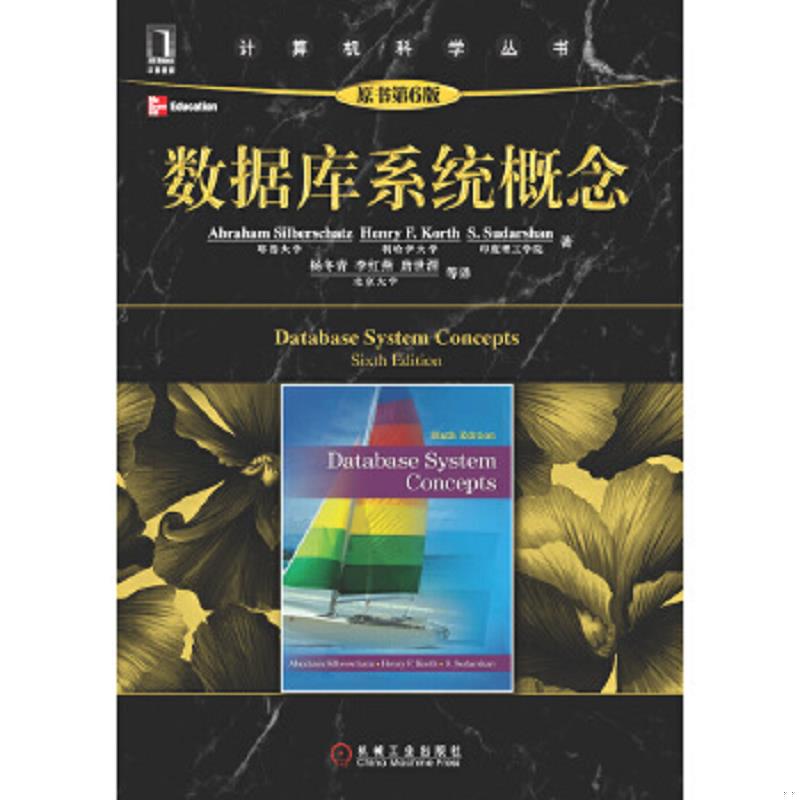2.5 choose
有时我们不想应用到所有的条件语句,而只想从中择其一项。针对这种情况,MyBatis 提供了 choose 元素,它有点像 Java 中的 switch 语句。
还是上面的例子,但是这次变为提供了“title”就按“title”查找,提供了“author”就按“author”查找的情形,若两者都没有提供,就返回所有符合条件的 BLOG(实际情况可能是由管理员按一定策略选出 BLOG 列表,而不是返回大量无意义的随机结果)。
<select id="findActiveBlogLike"
resultType="Blog">
SELECT * FROM BLOG WHERE state = ‘ACTIVE'
<choose>
<when test="title != null">
AND title like #{title}
</when>
<when test="author != null and author.name != null">
AND author_name like #{author.name}
</when>
<otherwise>
AND featured = 1
</otherwise>
</choose>
</select>
2.6 foreach
常用的属性:
collection 要遍历的集合;
item 要遍历的元素;
index 元素在集合中的索引;
open 遍历以什么开头 比如 open=”and id in (“;
seprator 遍历出来的元素以什么分隔;
end 遍历以什么结束 end=”)”
动态 SQL 的另外一个常用的操作需求是对一个集合进行遍历,通常是在构建 IN 条件语句的时候。比如:
<select id="selectPostIn" resultType="domain.blog.Post">
SELECT *
FROM POST P
WHERE ID in
<foreach item="item" index="index" collection="list"
open="(" separator="," close=")">
#{item}
</foreach>
</select>
你可以将任何可迭代对象(如 List、Set 等)、Map 对象或者数组对象传递给 foreach 作为集合参数。当使用可迭代对象或者数组时,index 是当前迭代的次数,item 的值是本次迭代获取的元素。当使用 Map 对象(或者 Map.Entry 对象的集合)时,index 是键,item 是值。
2.7 bind
bind 元素可以从 OGNL 表达式中创建一个变量并将其绑定到上下文。这个动态标签可以完美解决#{}在某些时候不适用,而用美元{}又有sql注入的风险的情况(${}与#{}的区别)比如:
<select id="selectBlogsLike" resultType="Blog">
<bind name="pattern" value="'%' + _parameter.getTitle() + '%'" />
SELECT * FROM BLOG
WHERE title LIKE #{pattern}
</select>
2.8 insert
批量插入mysql 与oracle的区别:
2.8.1 mysql 批量插入
插入语句
<insert id="insertEmp">
insert into t_emp (id,username)
values
<foreach collection="userList" item="u" separator="," open="(" close=")">
#{u.id},#{u.username}
</foreach>
</insert>
预编译结果
insert into t_emp (id,username) values(?,?),(?,?),(?,?)
你可能会想把整个插入语句进行循环如下:
用;来分隔每一条插入语句
<insert id="insertEmp">
<foreach collection="userList" item="u" separator=";">
insert into t_emp (id,username)
values (#{u.id},#{u.username} )
</foreach>
</insert>
预编译结结果
insert into t_emp (id,username) values (?,?); insert into t_emp (id,username) values (?,?); insert into t_emp (id,username) values (?,?);
mysql默认是不支持这种语法,需要在url 后面的连接属性增加一个 allowMultiQueries=true; 该属性默认是关闭的。
2.8.2 oracle批量插入
oracle并不支持mysql这种语法
insert into t_emp (id,username) values(?,?),(?,?),(?,?)
他只能通过如下来完成插入
begin insert into t_emp (id,username) values(?,?); insert into t_emp (id,username) values(?,?); insert into t_emp (id,username) values(?,?); end;
2.9 sql
这个元素可以被用来定义可重用的 SQL 代码段,可以包含在其他语句中。它可以被静态地(在加载参数) 参数化. 不同的属性值通过包含的实例变化. 比如:
<sql id="userColumns"> ${alias}.id,${alias}.username,${alias}.password </sql>
<select id="selectUsers" resultType="map"> select <include refid="userColumns"><property name="alias" value="t1"/></include>, <include refid="userColumns"><property name="alias" value="t2"/></include> from some_table t1 cross join some_table t2 </select>
到此这篇关于Mybatis之动态sql标签的使用的文章就介绍到这了,更多相关Mybatis 动态sql标签内容请搜索





